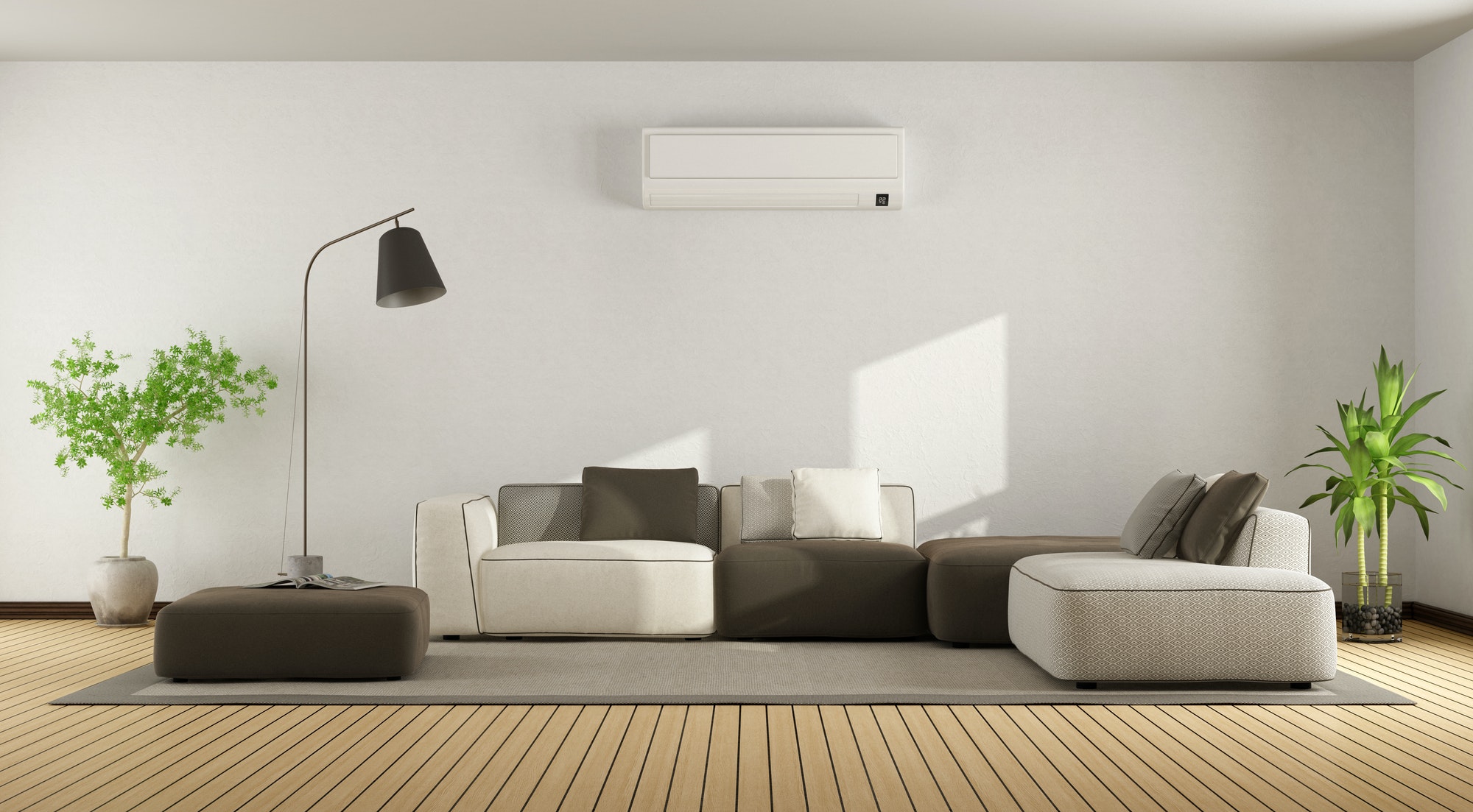The past two years have forced people to spend more time indoors, making it important to ensure you have great air quality for the sake of your general wellbeing. Having fresh, clean, indoor air is beneficial to young kids, the elderly, and people with underlying diseases like asthma, lung conditions, and heart problems.
With the air prone to getting contaminated by pollutants that may include radon, nitrogen dioxide, asbestos, mold, or mildew, it’s vital to take precautions to keep indoor conditions healthy.
With the cleaning tips explained in this article, you’ll be on the right track to improving your home’s indoor air quality.
Keep Air Conditioners Clean
An air conditioning unit (ACU) does more than just keep the room cool or warm, depending on the season. It also regulates the air circulation in the room. Additionally, an ACU eliminates the dust and particles from the air by filtering it with a series of meshes and fins, making it important to improve air quality.
However, air conditioning can collect a lot of dirt that cannot be easily removed. As a result, giving it some cleaning will not only keep it running smoothly but also keep the air around you clean.
Pay close attention to the air filter, an important feature found in the air conditioner, and filters air by trapping particles and contaminants. Dirty air filters may reduce airflow, thus leaving impurities that may affect air quality while also causing the ACU to run inefficiently. If you don’t know how to maintain your air filter, you can always visit this page to get more tips that’ll put you on the right track.
Keep Indoor Plants
Nothing beats Mother Nature in delivering the best back to the environment through plants. Indoor plants improve air quality by producing oxygen and absorbing carbon dioxide expelled from the surrounding air. You should also research the plants that offer purifying agents and other helpful traits so you can pick indoor plants that offer the most benefit.
Use Non-toxic And Natural Cleaning Products
Traditional cleaning products contain toxic chemicals that contribute to poor home quality. Some products even release fumes that can linger in the air for an extended period, thus affecting people with underlying health issues.
Replace harsh home cleaning products with safer alternatives. Your pantry probably has good, safe ingredients such as baking soda, lemon juice, white vinegar that don’t emit any harmful chemicals.
Air Out Your Home
During seasons with comfortable temperatures, take time to open your windows and doors to take advantage of natural air flow. As fresh outdoor air comes into the house, stale indoor air is pushed out, improving overall air quality. However, be very careful when airing out your home if you’re in an urban area; the smoke from vehicles and other sources of pollutants could mean that the outdoor air is more contaminated than what’s indoors.
Clean Your Walls
Clean walls also mean cleaner air, as surfaces can attract dirt, dust, and germs over time. By scrubbing or wiping your walls, you’ll reduce the chances of debris building up and having asthma and allergies while also keeping your house spotless.
You’ll also be creating a healthier environment, thus minimizing the spread of germs and viruses. However, avoid using harsh chemicals when cleaning your walls, as most wall paints aren’t as durable as those used outside.
Clean Your Fabrics
Dust mites contribute highly to poor air quality, and they linger mostly on fabrics. If not cleaned regularly, these dust mites tend to irritate the nose and may lead to feeling tired and lethargic. And because dust mites live on dust, your skin cells that shed onto your fabrics need to be cleaned off.
As a result, take time to clean your fabric using hypoallergenic cleaning detergents. Regularly vacuum your carpets and also get rid of the dust mites.
Keep Humidity Under Control
High humidity or having a high amount of water vapor in the air can promote the growth of mold and fungi. These growths not only emit a foul odor, but can also release spores that can cause irritation in the respiratory system. High humidity also makes the indoors a favorable environment for dust mites. On the other hand, low humidity can also cause problems such as asthma and bronchitis.
It’s possible to control the humidity in your home. You can do this by running exhaust fans in the kitchen when cooking or in the bathroom when taking a bath. A dehumidifier and humidifier can also be used in certain rooms, depending on whether you need more or less humidity. Last but not least, smart roof and window placement help maintain good airflow that prevents moisture in the air from getting trapped indoors.
Bottom Line
Cleaning your house always has advantages, including improving the quality of air. You can create a cleaning routine to ensure that your house is in great shape. Keep the following tips in mind and your home will always have safe, fresh, indoor air.
Discover more from Futurist Architecture
Subscribe to get the latest posts sent to your email.




